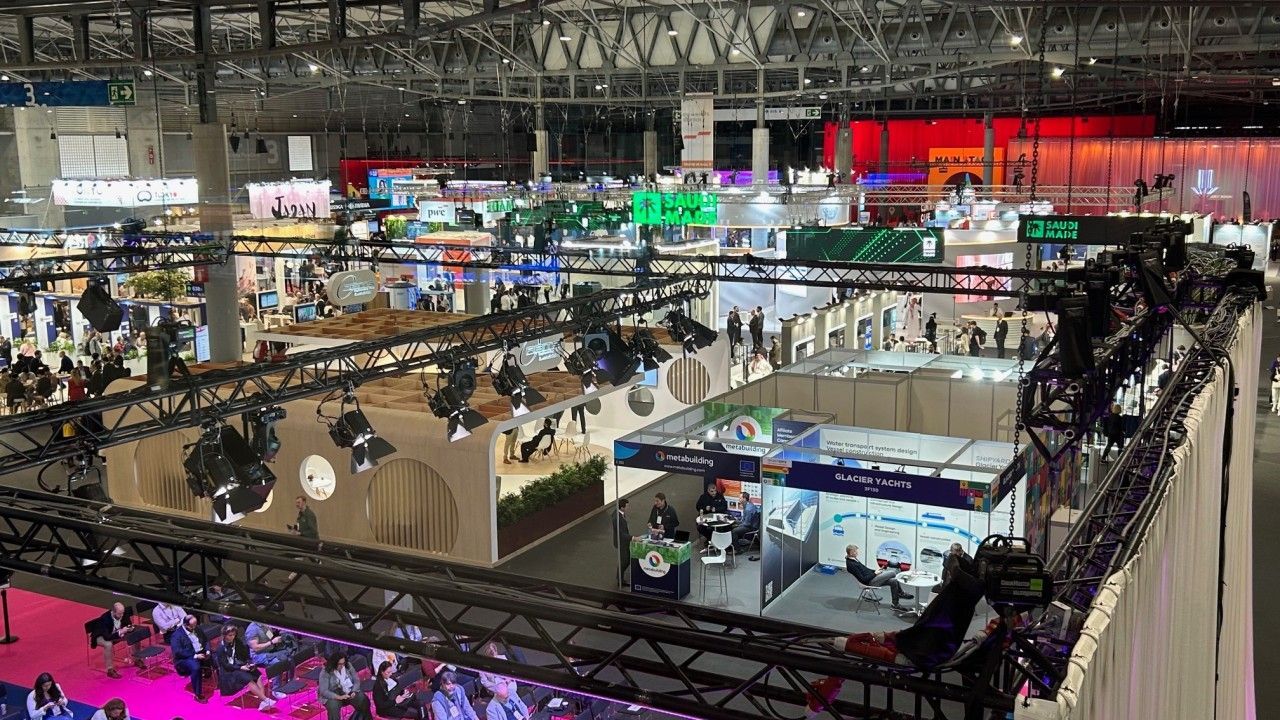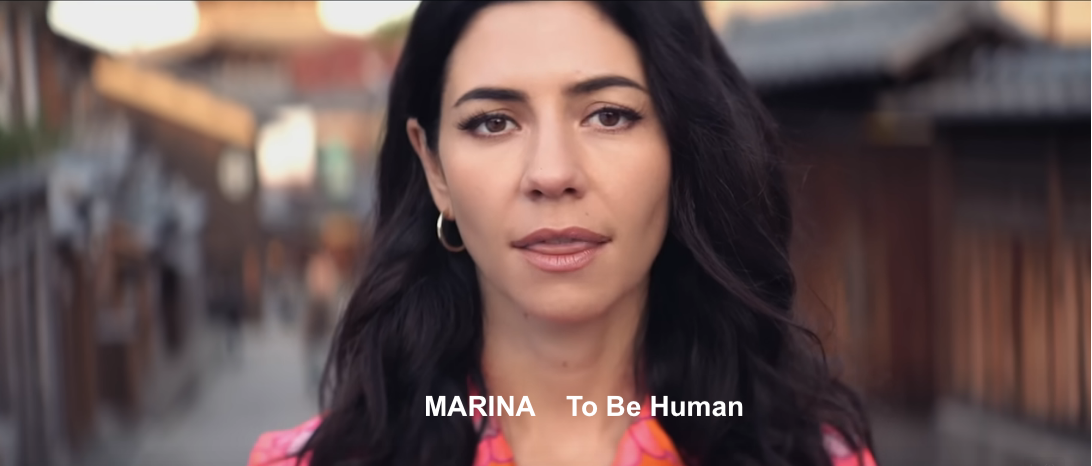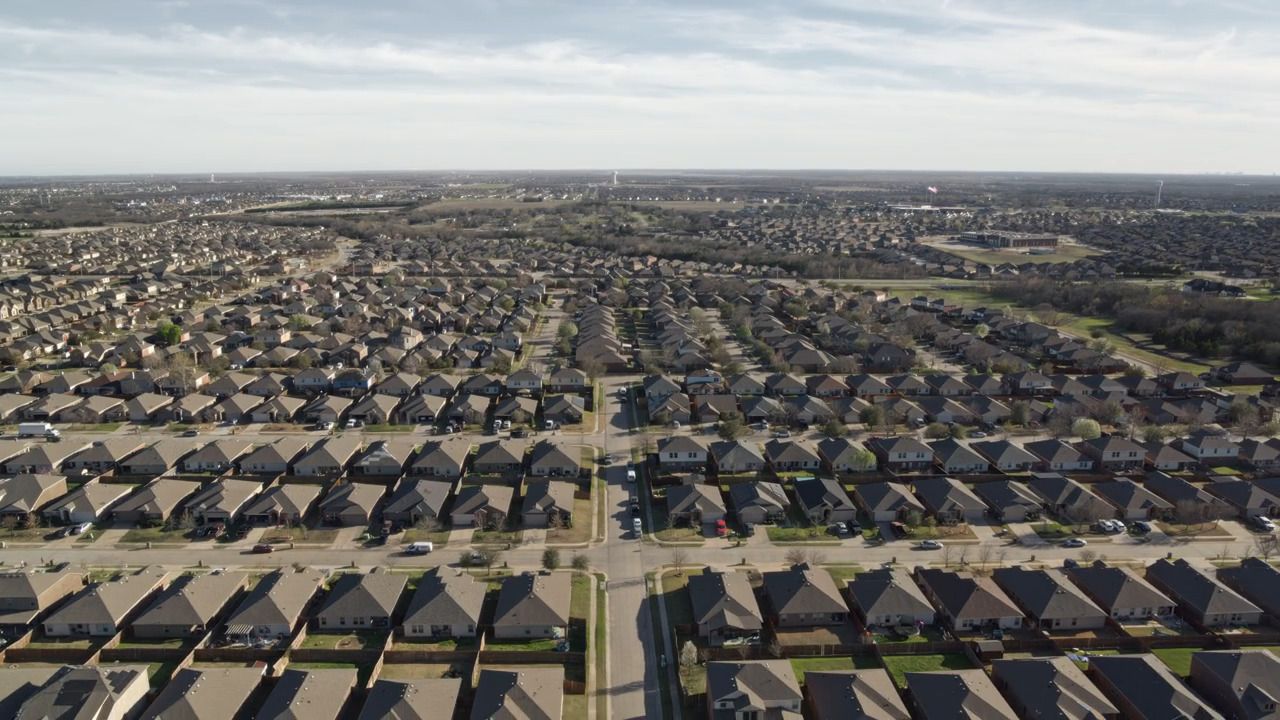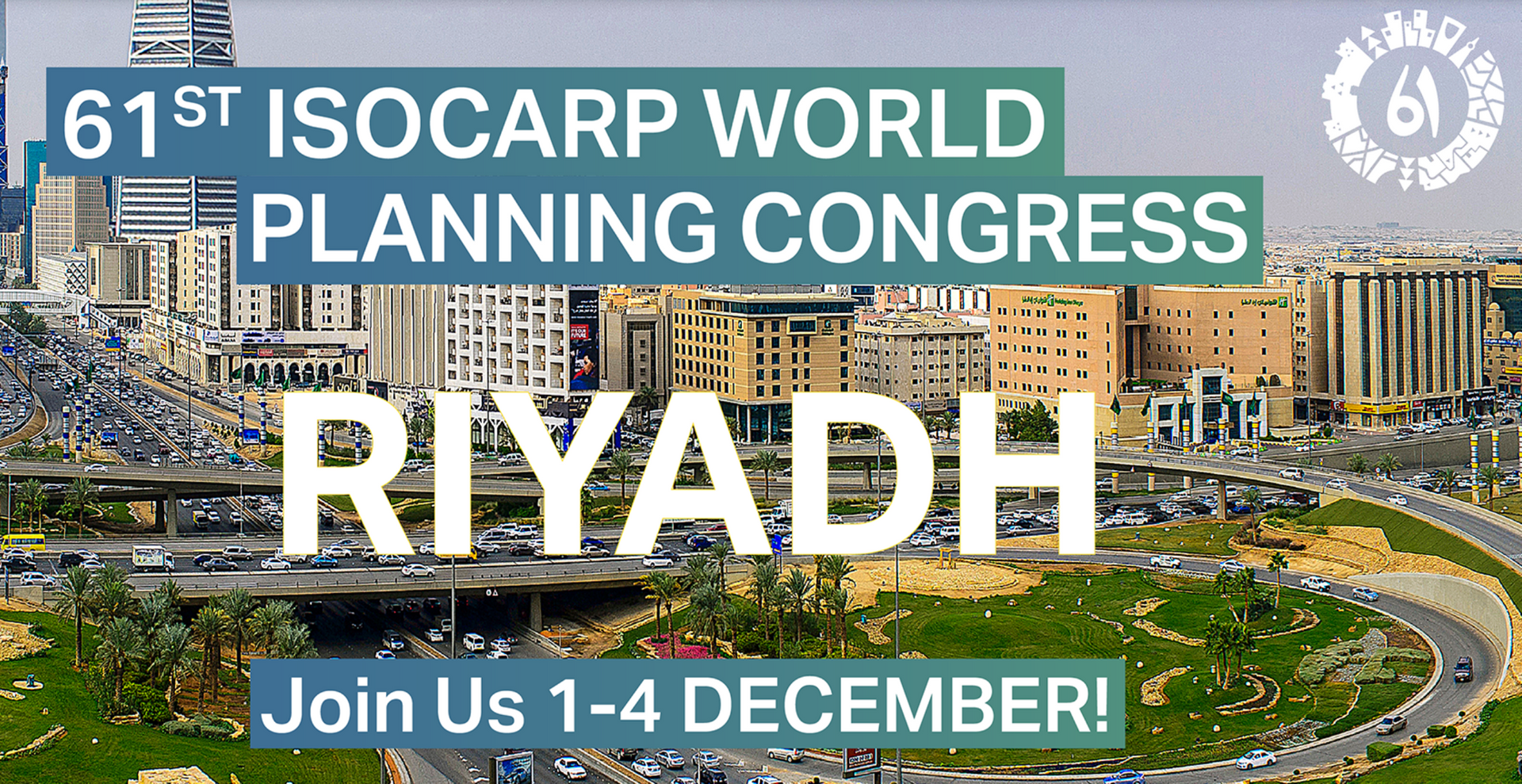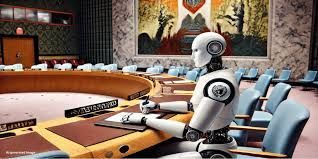Social Scienes: Where Crises are Man Made it Needs More Research on Politics, Governance and Management
Path dependency in research policy may keep us from asking the right questions
When there is a crisis governments and many people love to look for solutions based on research in science, technology, engineering, and mathematics (STEM) and then they throw money at the implementation of solutions. Often this is the right thing to be done. No surprise, studying and doing research in STEM today often has a higher reputation than studies in the Humanities and Social Sciences. And also no surprise, there is no Nobel Prize in Political Science, History, Sociology, Cultural Studies, Urban and Territorial Planning. What's the problem with this path?
Many crises of our times are caused - in part or in total - due to human impacts. So, shouldn't we invest more in research on the human impacts when we search for solutions? If we stick to that well established path disregarding the Humanities and Social Sciences in comparison to STEM we may generate as the wrong question on man made crises and disasters and prevent ourselves from solving root causes of the man made crises and disasters.
This post has no intention to question STEM research and studies but it raises the question if enough is done in other academic fields. STEM research won't tell us how governance and management should look like after the Corona pandemic? Do we need new and reformed political systems, governance and management mechanisms or is the key to the future just another 'technological revolution'?
This post begins by taking some inspiration from leading thinkers of our time. This shall demonstrate that even leading thinkers and social science struggle a lot to help answering the above questions and that it is still a long way to a better understanding of the world and how we should approach it. Afterwards the post turns to discuss a few pragmatic and down to earth conclusions. At the end the post warns again that the path dependency of contemporary research and development may generate a lot of important technological knowledge and tools. However, it may impact negatively the chances of building back better after the Corona pandemic and other crises.

Walls, metal barriers and road signs can have useful functions in cities. However, the road sign on the picture required a hole in the wall. The road sign is now only partly visible. In addition, it is placed between the sidewalk with a brand new metal barrier on the side of the wall and not along the street. Now the barrier, the hole in the wall and the road sign don't make traffic any safer but help anybody who wants to climb the wall. (Picture: U. Graute)
Francis Fukuyama and Jürgen Habermas: What was the normal prior to the pandemic?
The Cold War framed the normal in the decades after World War II. This time was marked by the ideological battles between, on the one side, socialists and their aiming at the "dictatorship of the proletariat" and, on the other side, the democratic systems with their various degrees of "free" and "social" market economy which tried to grow up to its promise of "freedom for all". That ideological battle came to an end in the 1980s with the Chinese economic reform towards a "socialist market economy", the Perestroika in the Soviet Union, the fall of the Iron Curtain. It seemed as if democracy and market economy were the winners but ...not so fast.
In reality, there was no common understanding of a new normal. For instance, the famous American political scientist Francis Fukuyama wrote that humanity has reached "not just ... the passing of a particular period of post-war history, but the end of history as such: That is, the end-point of mankind's ideological evolution and the universalization of Western liberal democracy as the final form of human government." According to him we would be now (i.e. in 2021) 30 years after the end of history. Oh boy! Instead, the German philosopher Jürgen Habermas was more concerned about the new confusing complexity (neue Unübersichtlichkeit) and an utopian energy exhaustion (Erschöpfung utopischer Energie). While the big ideological divide had faded away there was a lot insecurity about the future path of development.
Arundhati Roy: The pandemic as a portal
The pandemic came on us a year ago in early 2020. Many of us still sit at home and in their home offices. Many are bored at the same time depressed by the lockdown and wonder with burning patience what comes after the pandemic. Will there be other crises and can we strengthen the resilience of our societies and world? On 3 April 2020, the Indian novelist Arundhati Roy published in the Financial Times an article titled 'The pandemic is a portal' :
"Whatever it is, coronavirus has made the mighty kneel and brought the world to a halt like nothing else could. Our minds are still racing back and forth, longing for a return to “normality”, trying to stitch our future to our past and refusing to acknowledge the rupture. But the rupture exists. And in the midst of this terrible despair, it offers us a chance to rethink the doomsday machine we have built for ourselves. Nothing could be worse than a return to normality.
Historically, pandemics have forced humans to break with the past and imagine their world anew. This one is no different. It is a portal, a gateway between one world and the next.
We can choose to walk through it, dragging the carcasses of our prejudice and hatred, our avarice, our data banks and dead ideas, our dead rivers and smoky skies behind us. Or we can walk through lightly, with little luggage, ready to imagine another world. And ready to fight for it."
Normality after the crises: the risk of mistakes caused by path dependency
The above selection of arguments is selective and not representative. However, it inspires the following reflections:
- When Arundhati Roy and others argue against a return to the normality before Corona they should consider that the pre-corona normality was already marked by vibrant discussions and the search for better governance and management of the world, its cities and territories. However, her appeal that there should be no return to that time where we didn't have the solutions in anyway remains valid.
- The examples of Fukuyama, Habermas and Roy underscore the struggles even leading thinkers in the humanities and social science have in understanding the often confusing complexity and interrelation of our times. But it is dangerous to turn away from their questions. Instead, the search for answer should be boosted.
- Arundhati Roy suggests to imagine another world and to be ready to fight for it. That is complementary to Habermas who complained already in the 1980s about a utopian energy exhaustion. Habermas argues more as the heavy thinker while Roy suggests to "walk through lightly, with little luggage". If so different persons express that we do not think enough about the frameworks for the future we should consider doing that.
It is interesting, if in these days a virologist expresses the need to intensify research on viruses and the development of vaccines it is likely that governments and pharmaceutics companies throw money after the virologist and urge the boost of research. There is a general tendency in the world to prioritize science, technology, engineering, and mathematics (STEM). Instead, nothing similar happens when academic studies of the humanities and social sciences struggle explaining why institutions and individuals fail to better cooperate, govern and manage the world, its countries, cities and territories. Instead, investments in the humanities and social science may be even cut. This preference of STEM compared to social sciences generated a path dependence.
In the current situation but even before the pandemic there were many calls for a digital revolution and the development of Artificial Intelligence (AI). Certainly, there are good arguments to further develop and make better use of information technologies including AI. However, we also may be speeding here our march into the trap of path dependence and neglect research and development of human behaviour and governance for a more sustainable and resilient world.
Path dependence is when the decisions presented to people are dependent on previous decisions or experiences made in the past. For instance, path dependence exists when a feature of the economy is not based on current conditions, but rather has been formed by a sequence of past actions each leading to a distinct outcome. (source: Wikipedia, accessed on 29 January 2021)
The Campaign for Social Science in Great Britain
In the United Kingdom, the Academy of Social Sciences (www.acss.org.uk) - of which I am a Fellow - launched a Campaign for Social Science (campaignforsocialscience.org.uk) as the outward-facing, advocacy voice of the Academy. The Campaign currently works in particular to amplify the voice of social sciences in policy issues affecting all social science disciplines and Higher Education Institutes across the United Kingdom. Campaign activities focus on evidence-led briefings and reports, events and promoting social sciences in the media. The Campaign advocates to inform and influence public policy with social science evidence and promote the benefits of investment in social science education, research and infrastructure. The Campaign is supported by a coalition of universities, learned societies, charities and publishers. In response to COVID-19 the Campaign established a hub showcasing some leading examples of research, think-pieces and policy analysis across the full spectrum of the social sciences which contribute to understanding and tackling the impacts of the coronavirus pandemic on society and economy.
While Great Britain is trying to change the trajectory and put a stronger focus on the Humanities and Social Science to increase the problem solving capacity other countries still following the old path. The big crisis of our times including climate change, pollution, lack of sustainability, the pandemic and conflicts around the world all are either man made or are caused by a strong human impact. How can we just sit and wait for a new vaccine, software, app or AI application if we humans are at least part of the problem? Therefore, we have to become aware of the path dependence of research and development policy, revise and pay more attention to problem solving through the Humanities and Social Sciences.
Policies and Governance for Resilient and Sustainable Cities and Regions


